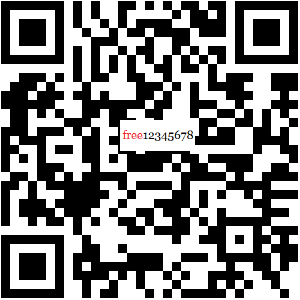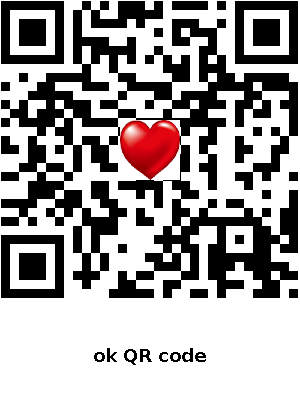What is a QR code?
2023-11-06
Dimensional barcode, also known as two-dimensional barcode, is a readable barcode that is an extension of one-dimensional barcode. The device scans a two-dimensional barcode and obtains the information contained in it by identifying the binary data recorded in the length and width of the barcode. Compared to one-dimensional barcodes, two-dimensional barcodes record more complex data, such as images, network links, etc.
The QR code was first designed for the automotive industry in Japan in 1994, and has since penetrated various industries and been used by consumers around the world. Due to the fact that scanning QR codes does not require an application, it has become popular among consumers. Both Android and iPhone camera applications can scan QR codes locally. The obvious difference between QR codes and barcodes lies in their appearance. QR codes are always square and contain smaller or even Tetris like blocks. On the other hand, barcodes have vertical bars of different thicknesses and typically carry serial numbers.
Like other codes, QR code symbols can be captured by imaging devices such as cameras and then digitally processed. The software is preparing to capture image data until it can be algorithmically processed according to the QR code standard, so that the QR code content can be read. This process is assisted by the use of Reed Solomon error correction technology, which is also used on audio CDs to ensure that data can still be read correctly even with small scratches on the surface.
The error correction function is also used for QR codes with logos (commonly referred to as "design QR codes" or simply "QR codes with images/icons/logos"), where the usually centered logo in the QR code hides some data, just like ordinary dirt.
Due to its excellent error correction ability (even if up to 30% of the surface is damaged, it can still be read) and high storage capacity (compared to other barcodes), QR codes have also gained attention outside the automotive industry. Modern mobile phones have powerful functions, can run QR code reading software, and usually also provide a camera. This combination brings multiple possibilities, allowing data to be easily transmitted to people's new communication center - smartphones - using QR codes without the need for typing. Therefore, with the prosperity of smartphones and the increasing popularity of mobile internet, the widespread use of QR codes has become possible.

